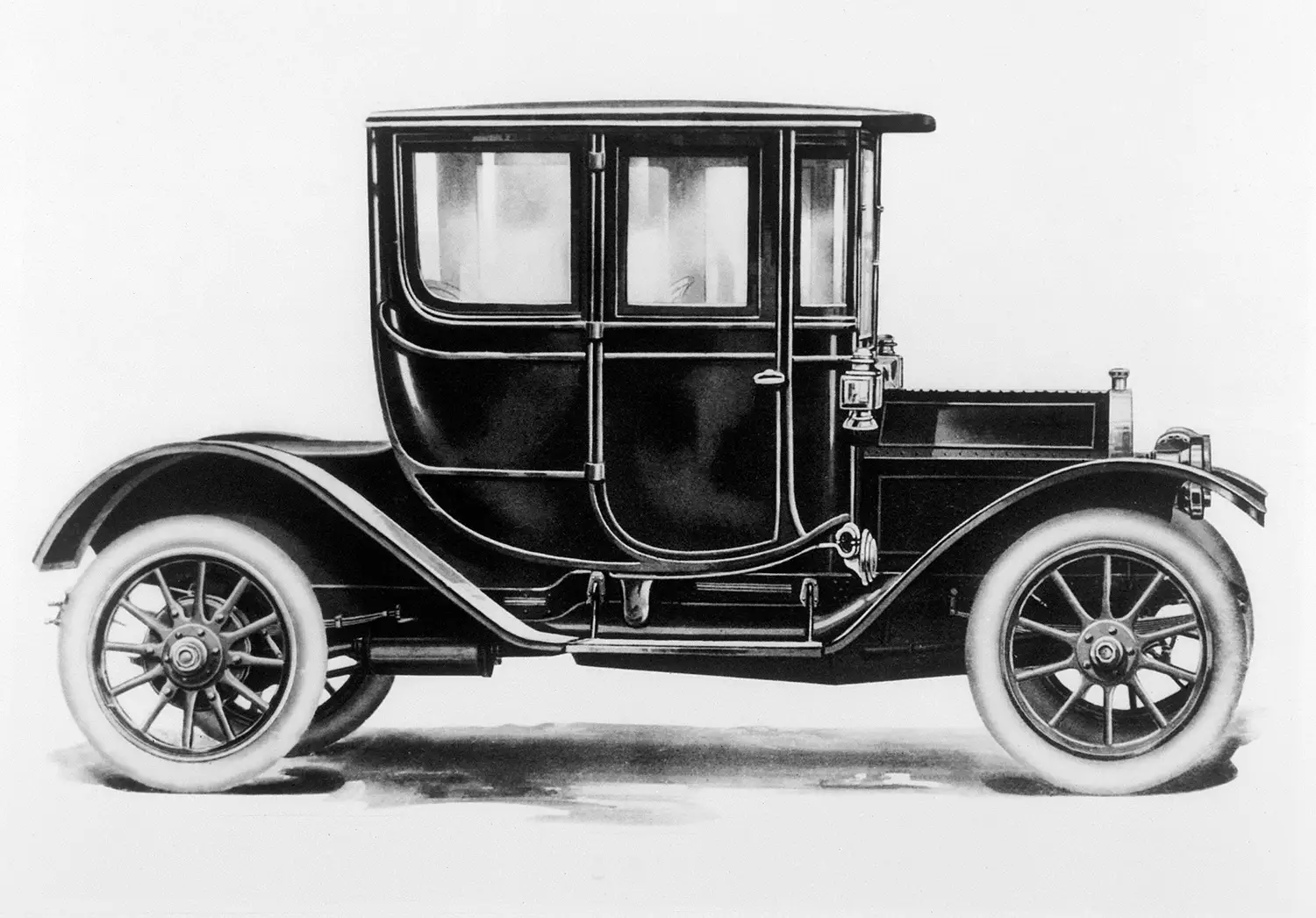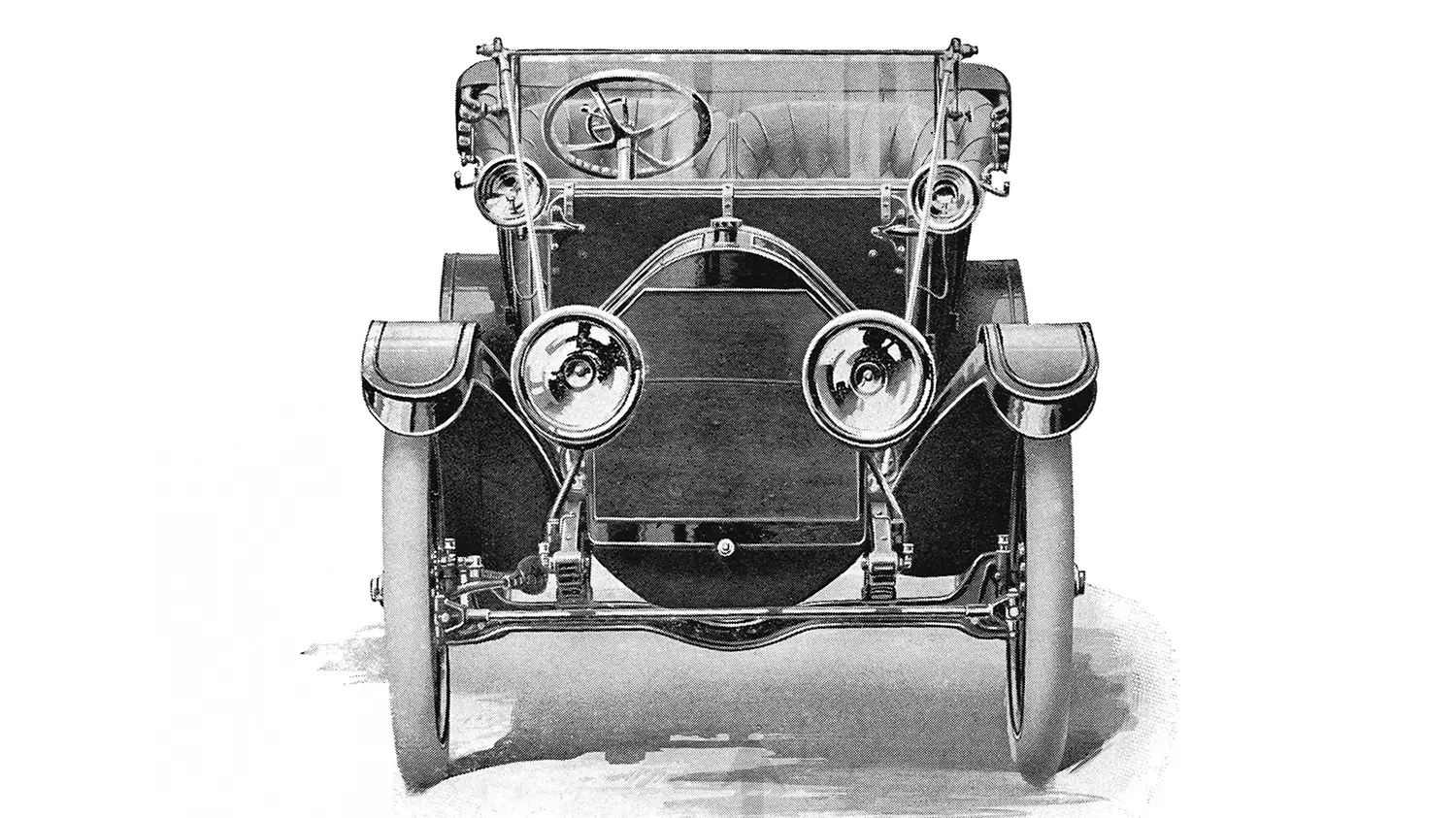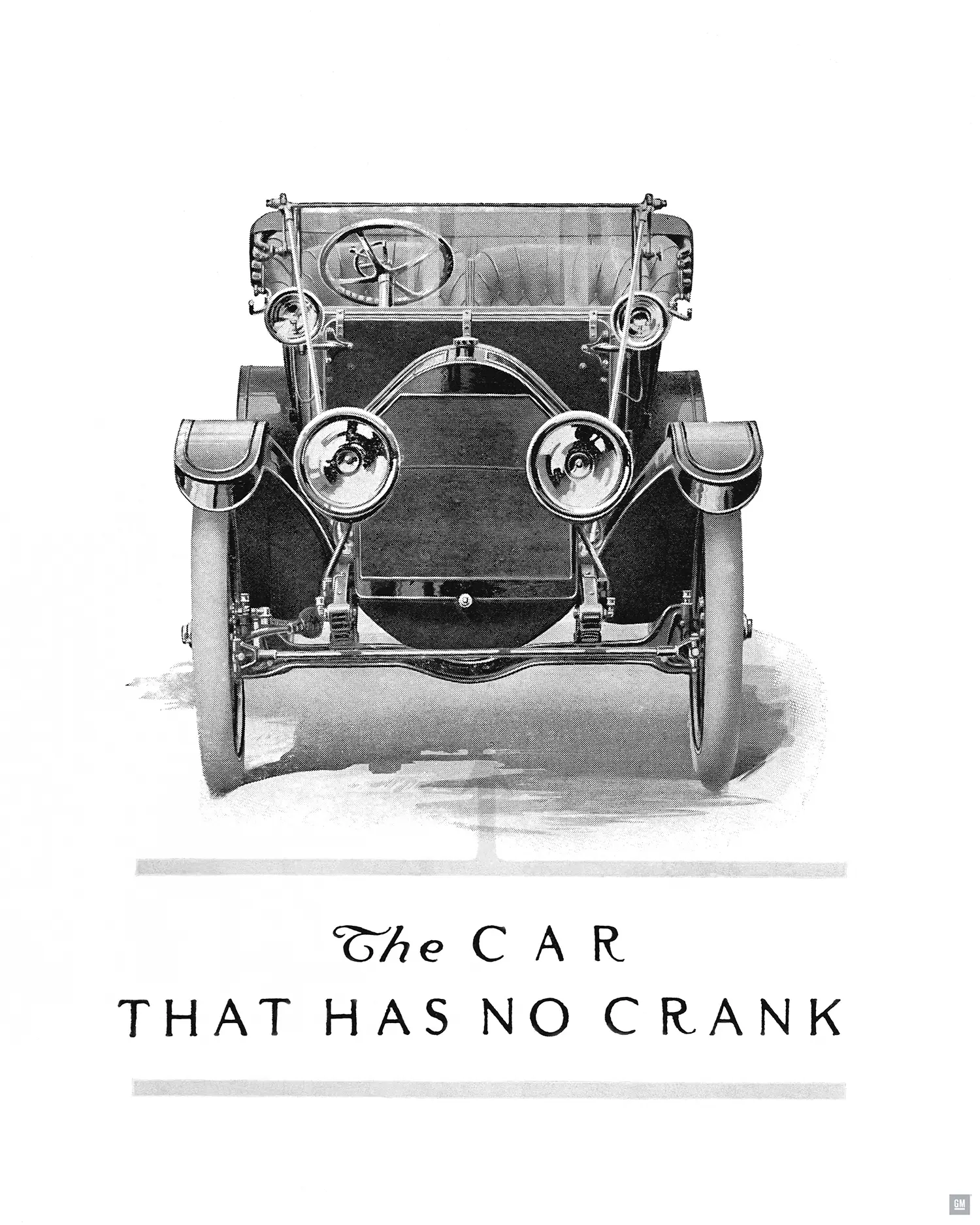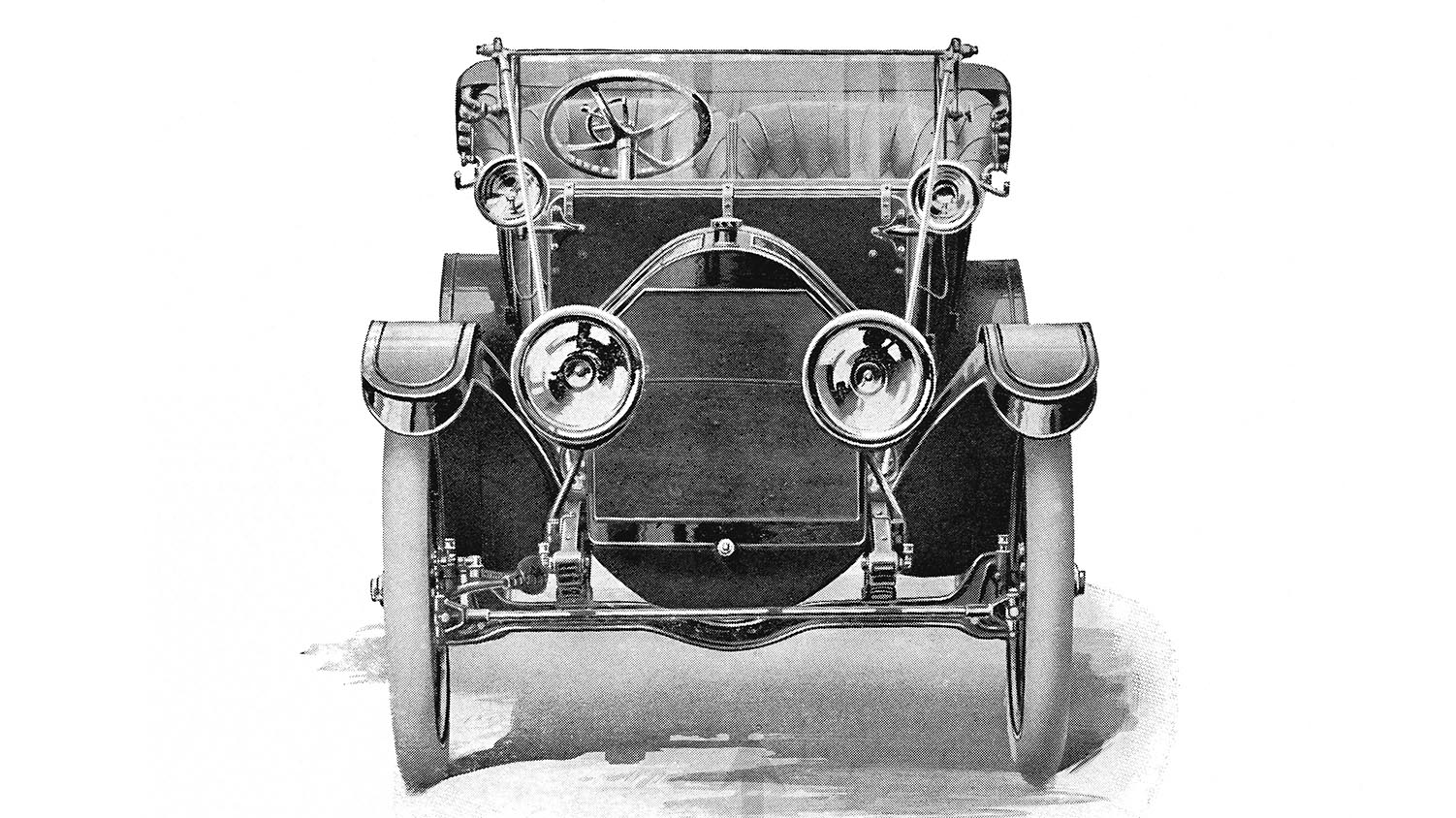
In the early years of the twentieth century, the automobile was a complex, bespoke machine. Every part required individual filing and fitting. Then came the 1910 Cadillac Model Thirty, a vehicle that perfectly embodied a revolutionary philosophy. This car helped solidify Cadillac’s reputation for quality and precision. It was built under the strict standards of founder Henry Leland. The Model Thirty was not just another expensive toy; it was proof that standardization and interchangeability could work. This breakthrough was crucial for the expansion of the entire automotive industry.
The Triumph of Precision Engineering
The Model Thirty series followed a major challenge set by the Royal Automobile Club in England. Cadillac proved its parts were completely interchangeable. This was accomplished by disassembling three cars, scrambling the parts, and reassembling them successfully. This feat earned Cadillac the Dewar Trophy in 1908. It showcased the power of highly accurate machine work. The 1910 model continued this tradition of excellent manufacturing standards. This quality allowed Cadillac to streamline production significantly. It also made maintenance and repairs much simpler for the owner.
Design Innovations of the Brass Era
The 1910 Model Thirty was offered in several body styles, including the popular Demi-Tonneau and Roadster. It proudly featured the extensive brass fittings characteristic of the era. The headlamps, sidelights, and radiator shell all shone brightly. The car was a striking presence on the rough roads of the period. Moreover, the 1910 model year was notable for a significant development. Cadillac began offering a fully enclosed body option for its passengers. This made the automobile much more practical during inclement weather. This choice marked an important step toward year-round vehicle usability.
Establishing Automotive Luxury Standards
Cadillac positioned the Model Thirty at the high end of the market segment. It offered a level of refinement and finish well above many competitors. The interiors often featured rich black leather upholstery. Attention to detail was evident in the dashboard and the sturdy wood spoke wheels. These attributes contributed to the car’s growing reputation for luxury. This focus on premium quality helped set Cadillac on a path to century-long leadership. They quickly became synonymous with American luxury. The 1910 Cadillac Model Thirty was central to achieving this high status.

Pioneering the Modern Motoring Experience
While the electric starter was formally introduced on the 1912 Model Thirty, the groundwork was laid much earlier. The commitment to engineering solutions was already in place. The development of reliable electrical systems was a major undertaking for the company. This pursuit of greater usability stemmed from tragic circumstances. It ultimately led to eliminating the dangerous hand crank. This innovation made motoring far more accessible to a broader public. The reputation for technical advancement began with this robust and well-engineered four-cylinder platform.
Power, Engine Specifications, and Performance
The 1910 Cadillac Model Thirty utilized a powerful L-head four-cylinder engine. This unit displaced $286$ cubic inches, or about $4.7$ liters. This engine size was a significant increase from earlier models. The engine was rated to produce approximately $33$ horsepower. Power was transferred through a three-speed selective sliding gear manual transmission. The final drive went to the rear wheels via a robust shaft drive. The braking system employed both contracting band and expanding shoe drum brakes on the rear wheels. Although performance was modest by modern standards, the engine was praised for its refinement and reliability. It offered strong, consistent power that positioned the Cadillac competitively. The durable construction ensured that the 1910 Cadillac Model Thirty could handle the demanding roads of the time.
Summary of a Foundational Auto Icon
The 1910 Cadillac Model Thirty is recognized as a foundational figure in automotive development. It represents the crucial shift from hand-built craft to precision, scalable manufacturing. Under Henry Leland’s guidance, this model cemented Cadillac’s place among the world’s automotive elite. Its excellence in engineering and build quality earned international recognition. The Model Thirty perfectly demonstrated that luxury and rigorous standardization could coexist. This achievement ensured the company’s future success and forever changed how cars were made globally.
Disclaimer: Content on this site is for informational purposes only. Vehicle specs, pricing, and availability may change. Always verify details with official sources before making decisions. Opinions are those of the authors.
Source: Cadillac

